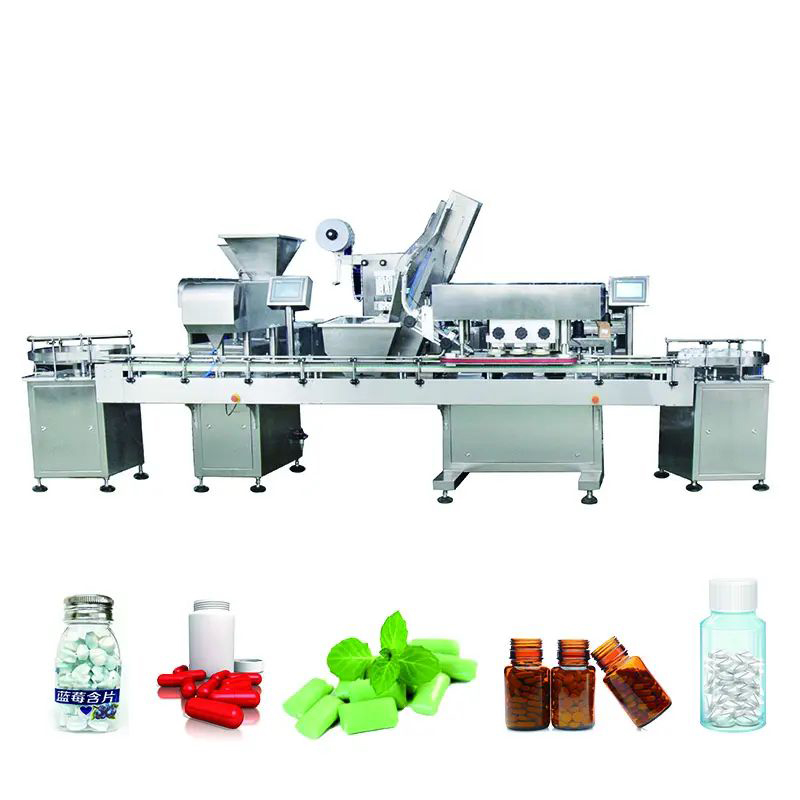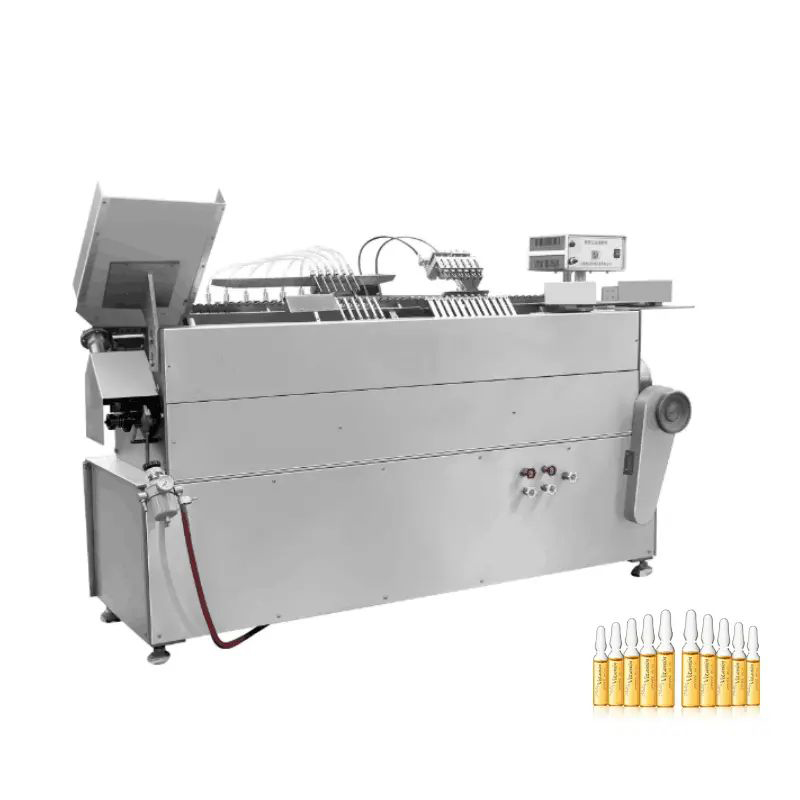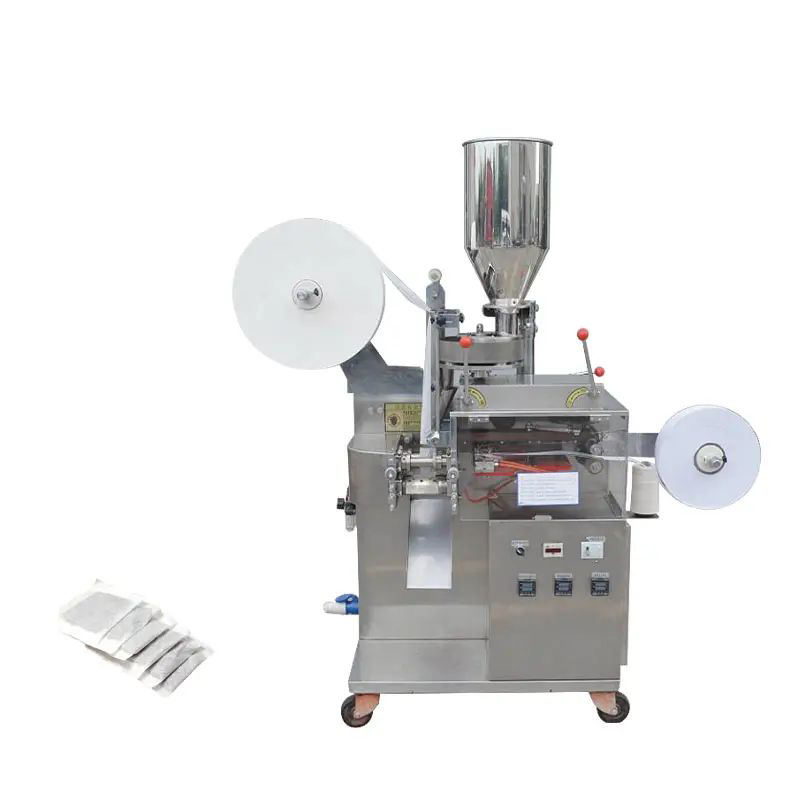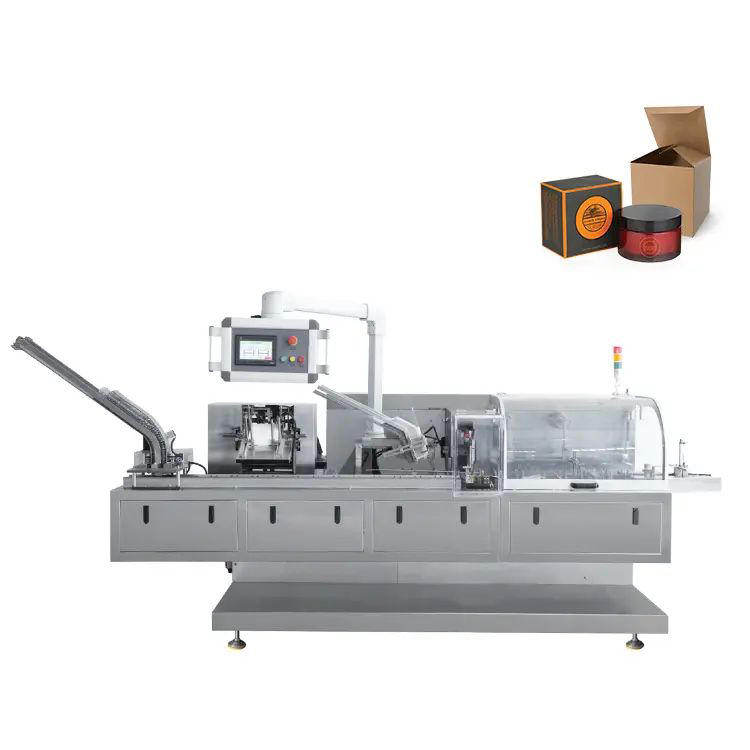
Complete equipment of orange juice production line
CachedAn orange juice production line contains the following equipment and processes. They cover the process of fruit sorting, washing, conveying, peeling and extraction, fruit juice filtration, degassing, sterilization, homogenization and filling.

Juice Hot Filling Line | Juice Production Line - SinoPak ...
CachedHot filling Line includes 100% pure fruit juice, tea, energy drinks and granules, Provide overseas installation, Take Action!

Orange Juice Production Process - Food Science Universe (FSU)
foodscienceuniverse/orange-juice-production-process/See all results for this question

Orange Juice Processing Line | Modern Machinery is a Manufacturer
CachedOrange juice processing line is used for the hot filling production of orange juice, mango juice, strawberry juice and other juice. Orange juice processing machine has a large filling range, and the filling volume can be adjusted from 100ml to 750ml.

Orange Juice Production Process - Food Science Universe (FSU)
CachedAt the manufacturing stage, when juice from oranges has been extracted and the pulp removed, the product is processed into two forms: not-from-concentrate (NFC) or bulk frozen concentrated orange juice (FCOJ).

Processing at the juice packer | Orange Book
CachedSummaryAn Overview of Juice Packer OperationsRaw Material Reception and HandlingWater TreatmentBlendingPasteurization and DeaerationAseptic BufferHot FillingAseptic Transfer of NFCHigh Pressure ProcessingJuice packers process concentrate and NFCjuice and fill the end product into consumer packages. Cost-efficient operation and gentle product treatment are essential. During raw material storage and handling, it is important to maintain conditions that prevent microbial growth in products. The quality of water used for concentrate reconstitution must... See full list on orangebook.tetrapak Juice packers take in bulk raw materials (concentrate and/or NFC), treat them and then fill the final product into consumer packages. Sometimes the juice packer also carries out the distribution of packaged products. Typical operating steps at the juice packer are illustrated in Figure 7.1. This section discusses the processing steps that take plac... See full list on orangebook.tetrapak A certain on-site stock of raw materials is required to ensure smooth production and avoid unplanned stops. Stocks are generally kept as small as possible to minimize storage space and inventory capital. However, stocks are also used to take advantage of market conditions when changes in supply prices are forecast. Raw materials arrive in several d... See full list on orangebook.tetrapak Water is the largest ingredient in reconstituted orange juice and orange-based drinks, corresponding to 80- 85% of the final juice. The quality of reconstitution water significantly influences the final product. The water removed from the juice when it is concentrated is effectively distilled or “pure” water. But distilled water is not normally use... See full list on orangebook.tetrapak In the context used here, the term “blending” means the actual reconstitution step whereby concentrate is blended with water to make a ready-to-drink juice. Blending takes place just prior to pasteurization. See full list on orangebook.tetrapak Juice packers pasteurize reconstituted juice and NFC to destroy any microorganisms that have entered the concentrate or NFC after heat treatment(s) earlier in the production chain. Enzymesin the juice were inactivated by the first heat treatment at the fruit processor’s plant. General aspects of microbiology and pasteurization are discussed in subs... See full list on orangebook.tetrapak Pasteurized juice is ready for filling into consumer packages. In most cases the pasteurizer is linked directly to the filling machine(s), which makes the two systems interdependent. However, the two systems can be operated independently by installing an intermediate aseptic buffer downstream of the pasteurizer. The buffer tank is generally connect... See full list on orangebook.tetrapak As the name implies, hot filling involves filling the package with hot (>84°C) pasteurized juice. Unlike aseptic filling at ambient temperature, the package is not aseptic when filled and the hot juice is used to kill the microorganisms on the container surface. The necessary fill temperature and “holding time” in the package depend on the type and... See full list on orangebook.tetrapak When NFCis supplied to the juice packer in aseptic bags, there are several different ways to unload the juice from the bags (see subsection 7.2.4.). It is possible to withdraw the juice aseptically and then transfer it to consumer packages under aseptic conditions. This eliminates the need for repasteurization and avoids additional thermal treatmen... See full list on orangebook.tetrapak High pressure processing, often simply referred to as HPP, is a cold pasteurization technology to inactivate microorganisms. This process exposes retail packaged food to a very high isostatic pressure of 5,000-6,000 bars for a few minutes (see Figure 7.19). The high pressure damages microbial cellsin the vegetative, or growth, phase but does not ki... See full list on orangebook.tetrapak
![[hot item] orange juice filling packing processing machine](/wp-content/images/1-Paste-packing-machine.jpg)
[Hot Item] Orange Juice Filling Packing Processing Machine
Cached(1) Complete juice production line includes: Washing-filling-capping 3 in 1 machine, lamp inspection, label shrinking machine, inkjet printer, hot shrink film packer and conveyors. It is a full automatic production line. (2) RCGF juice hot filling machine is used in the beverage filling operations.

Juice Filling Production Line Solution | Chenyu Machinery
CachedThe juice filling production line produced by Chenyu Machinery is suitable for orange juice, mango juice, blueberry juice, strawberry juice, kiwi juice, apple juice, pear juice, pineapple juice, etc. Complete juice production line includes: water treatment equipment, pre-treatment equipment, juice filling machine, labeling machine, film packagin...
Contact Us Now
